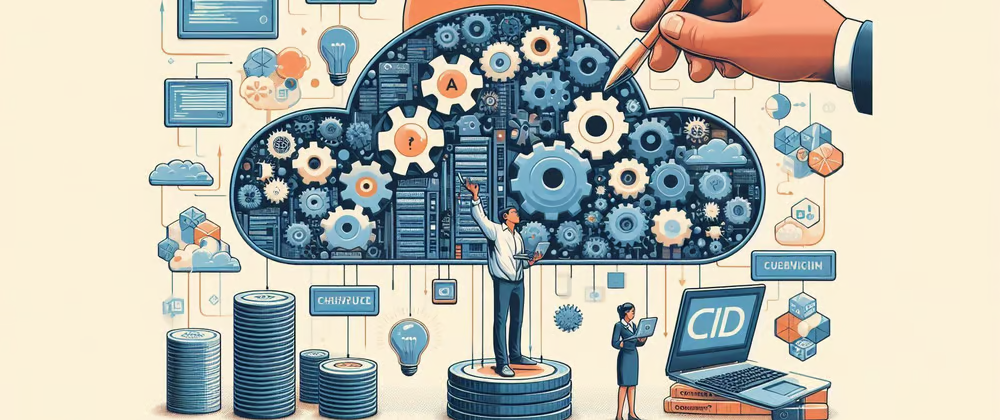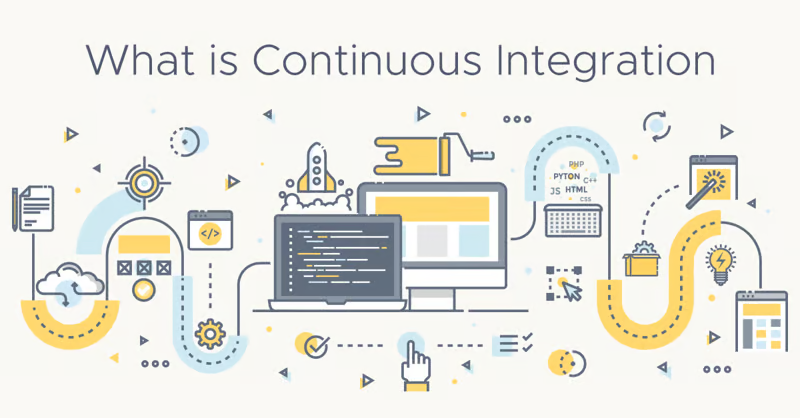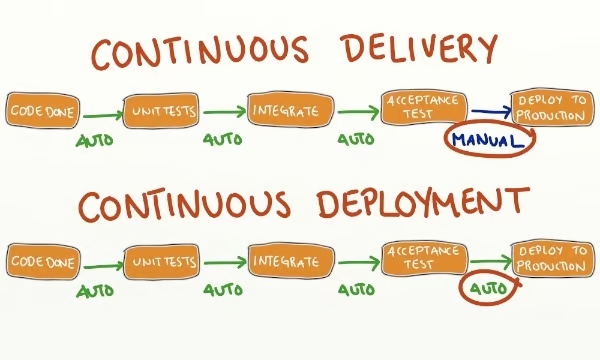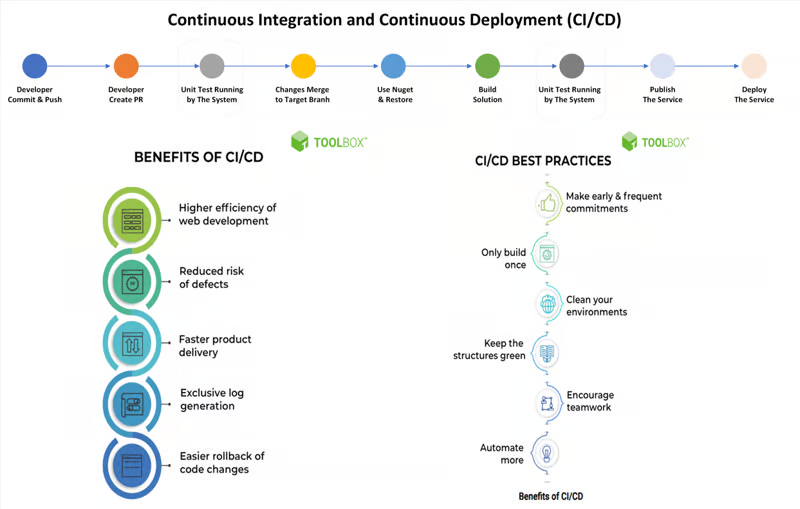Learn CI/CD: The Ultimate Introductory Guide
 Dewa Mahendra
Dewa Mahendra
In the world of software development, delivering high-quality software quickly and efficiently is crucial. This is where Continuous Integration (CI) and Continuous Delivery/Deployment (CD) come into play. CI/CD automates the process of software integration and delivery, making it easier to build, test, and release software faster. Let's dive into what CI/CD is and how it can benefit your projects.

Continuous Integration is a practice where developers regularly merge their code changes into a central repository. Each merge triggers an automated build and testing process. The goal of CI is to identify and fix integration issues as early as possible. Here’s how it works:
Code Integration: Developers commit their code changes to a shared repository multiple times a day.
Automated Build: Each commit triggers an automated build process to compile the code.
Automated Tests: After the build, automated tests run to ensure the new code doesn’t break existing functionality.
Feedback: If the build or tests fail, developers receive immediate feedback to fix the issues quickly. By integrating code frequently, teams can detect and address problems early, reducing the risk of last-minute integration issues.

What is Continuous Delivery (CD)?
Continuous Delivery is an extension of CI that automates the release process. With Continuous Delivery, code changes are automatically prepared for release to production. Here’s how it works:
Deployment Pipeline: After successful integration, the code goes through a deployment pipeline with various stages such as additional automated tests, performance tests, and security checks.
Manual Approval: Once the code passes all stages, it’s ready for deployment. A manual approval step can be included to decide when to release the code to production. Continuous Delivery ensures that your code is always in a deployable state, making it possible to release new features and bug fixes quickly and reliably.

What is Continuous Deployment?
Continuous Deployment takes Continuous Delivery a step further by automating the entire release process. Every change that passes all stages of the deployment pipeline is automatically deployed to production without manual intervention. This allows for a rapid release cycle and ensures that new features and fixes are delivered to users as soon as they are ready.
Benefits of CI/CD
Implementing CI/CD offers several benefits:
Faster Releases: Automating the integration and delivery process speeds up the release cycle, allowing you to deliver new features and fixes more frequently.
Improved Quality: Automated testing ensures that code changes are thoroughly tested, reducing the risk of bugs and issues in production.
Early Problem Detection: Frequent integration helps identify and fix issues early in the development process, reducing the cost and effort of fixing problems later.
Reduced Manual Work: Automation reduces the need for manual intervention, freeing up developers to focus on writing code and adding value to the project.
Increased Collaboration: CI/CD encourages collaboration among team members by providing immediate feedback and promoting shared responsibility for the codebase.
Getting Started with CI/CD
To get started with CI/CD, you’ll need a few key components:
Version Control System (VCS): A VCS like Git to manage your codebase.
CI/CD Tools: Tools like Jenkins, GitLab CI, CircleCI, or GitHub Actions to automate the build, test, and deployment process.
Automated Tests: A suite of automated tests to ensure code quality and functionality.
Deployment Environment: A staging or production environment where your code can be deployed.
Conclusion
CI/CD is a powerful practice that can greatly improve your software development process. By automating the integration, testing, and deployment of code changes, you can deliver high-quality software faster and more reliably. Whether you’re working on a small project or a large enterprise application, using CI/CD can help you stay competitive and meet the demands of modern software development.
Subscribe to my newsletter
Read articles from Dewa Mahendra directly inside your inbox. Subscribe to the newsletter, and don't miss out.
Written by

Dewa Mahendra
Dewa Mahendra
I'm a highly motivated and experienced developer expertise in leveraging the power of .NET Core Technology. Currently collaborating with an Australian company based in Nusa Dua, Bali, Indonesia, to deliver innovative application development services that push the boundaries of what technology can achieve, and also contribute to the ever-evolving landscape of the global IT industry